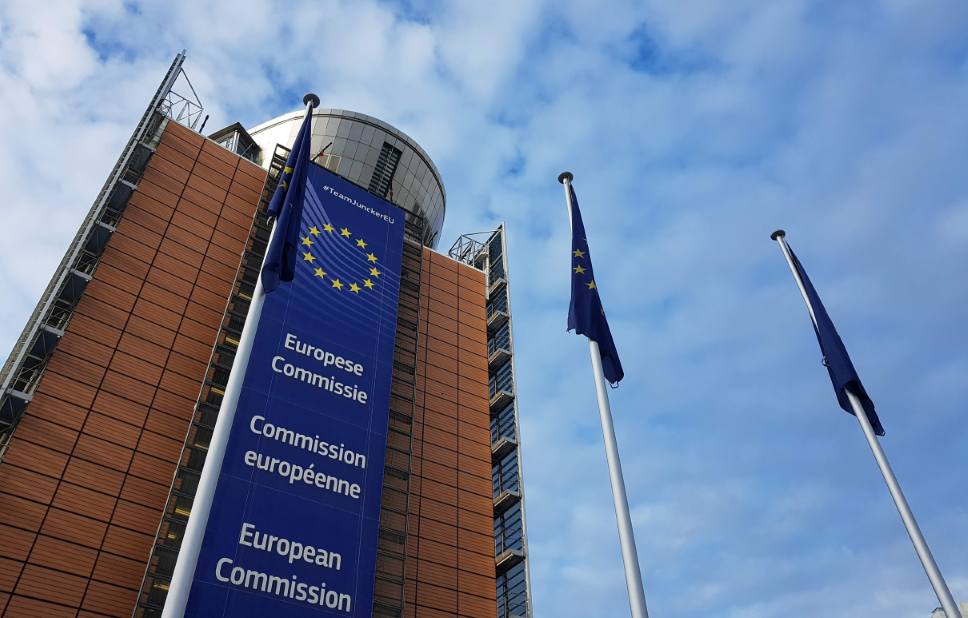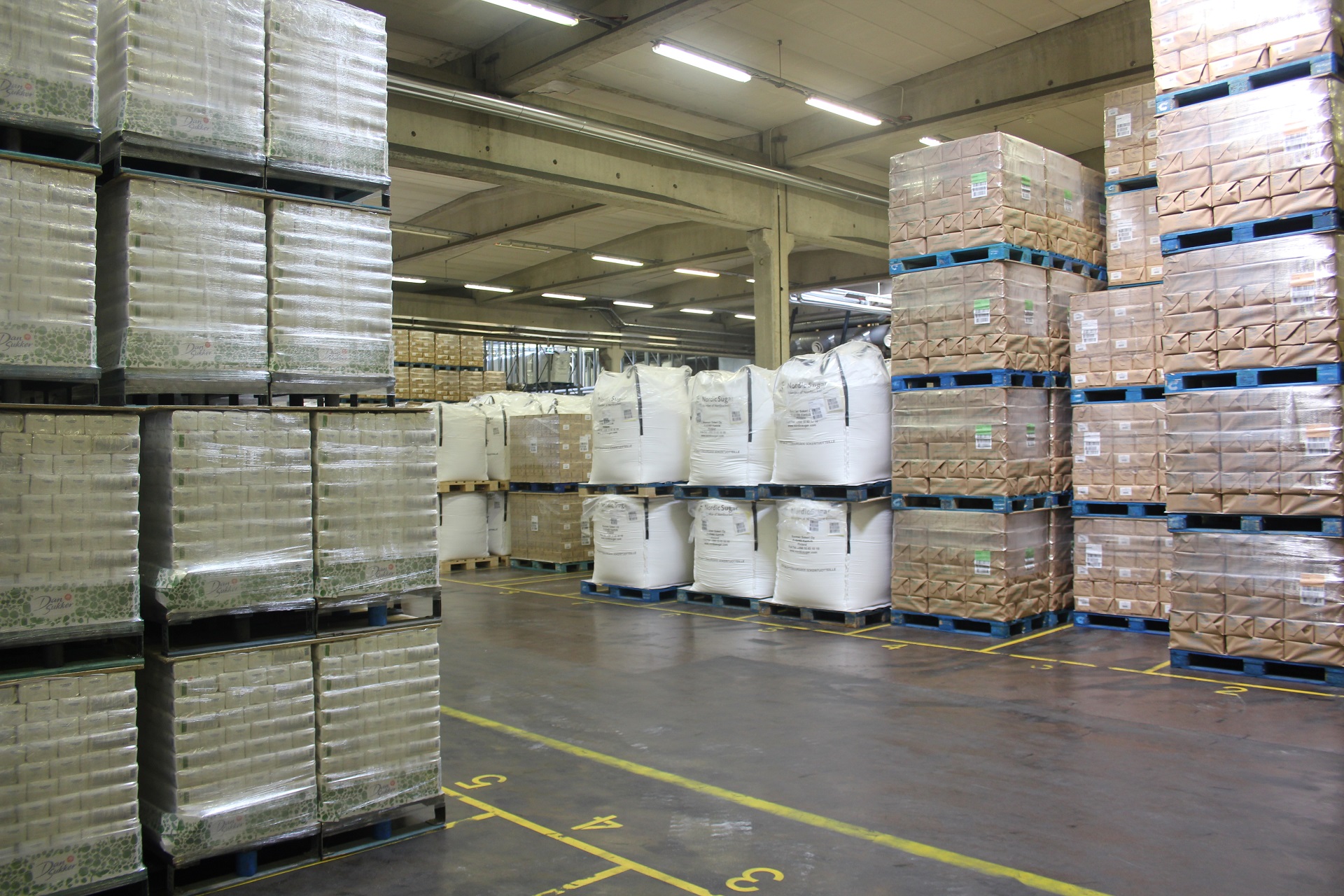The European Green Deal is an ambitious policy initiative of the European Commission. It is centered on recycling, sustainable finance and clean energy among many others. The initiative was adopted in 2020 in response to EU Member States’ concerns about man-made environmental problems such as climate change and loss of biodiversity. The Commission has sought to tackle these issues through various legislative and economic tools, such as the European Climate Change Act and the development of emissions trading.

From a linear to a circular economy
In agriculture and industry sectors, many products have linear life cycles. The linear life cycle means that a product is not designed to be recycled but ends up as waste after its use. In addition, side streams produced are often inefficiently used.
The circular economy aims to change the linear consumption of raw materials and make more efficient use of the side streams produced by manufacturers. Recycling emission-intensive products is important to avoid additional emissions from manufacturing new ones for replacement.
By recycling, we can realise the value of used or unused products that have previously gone unused. But creating new value chains requires innovation and ingenuity in product development, legislation and markets.

Creating market for circular economy
To ensure that the market works effectively, rules are needed, as is the case in more traditional product markets. The market operates through protected property rights, which determine who owns what. People are aware of their property rights and the value of their property, and are therefore able to create value for themselves by selling or buying on the market.
Similar development is needed in the circular economy market, where practices and knowledge are still fragmented compared to traditional markets. At the heart of this development are the tools to inform consumers and producers of the potential added value and the tools to realise it. Services such as KiertoaSuomesta.fi aim to meet these needs by providing a platform for trade.
KiertoaSuomesta.fi is a marketplace that aims to realise the value of agricultural and forestry side streams. The market cannot function without a platform where sellers and buyers can trade efficiently and reliably. This is why KiertoaSuomesta.fi has been created – to provide a platform where side streams can find new valuable uses and where different parties can trade them reliably.